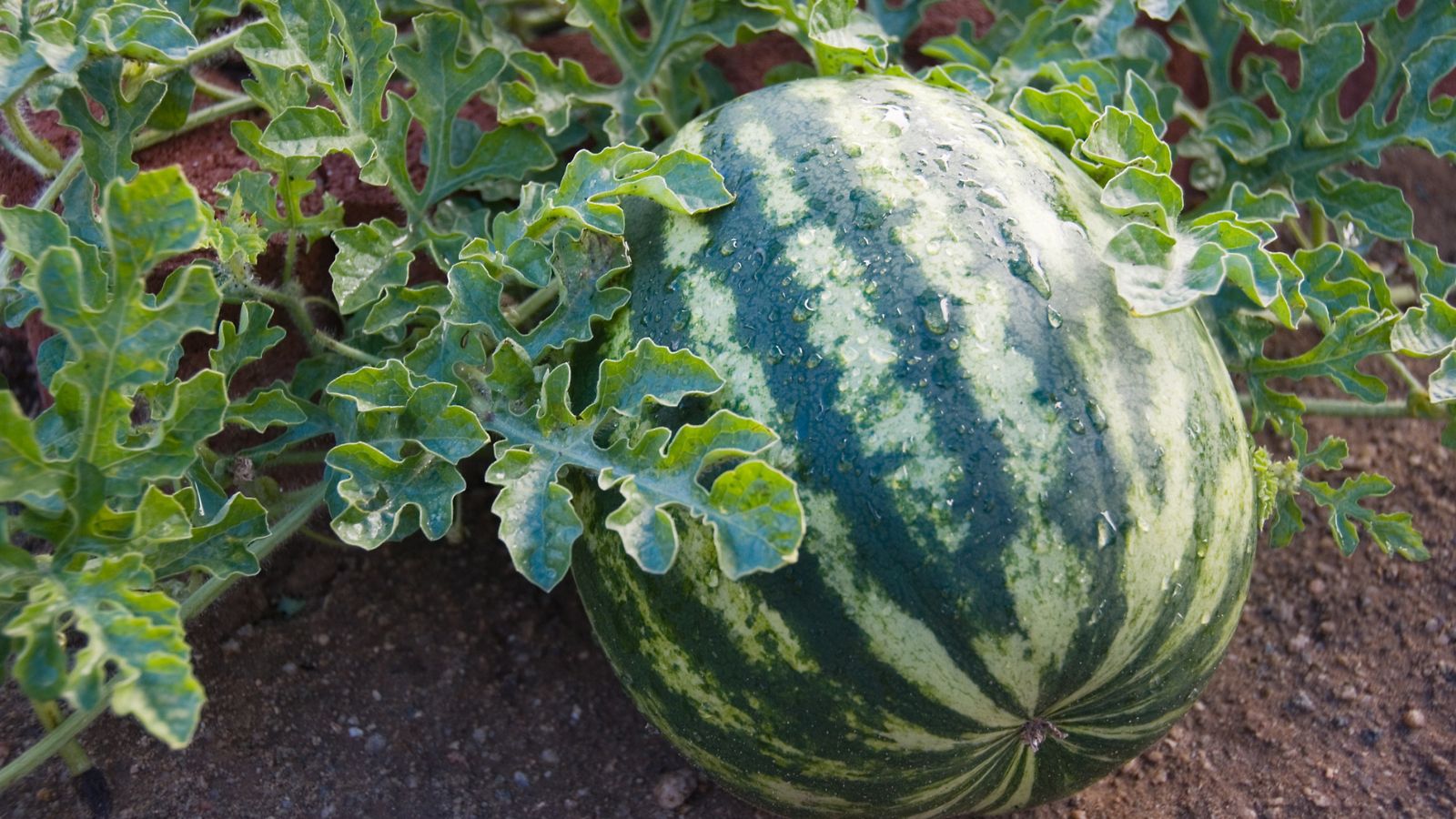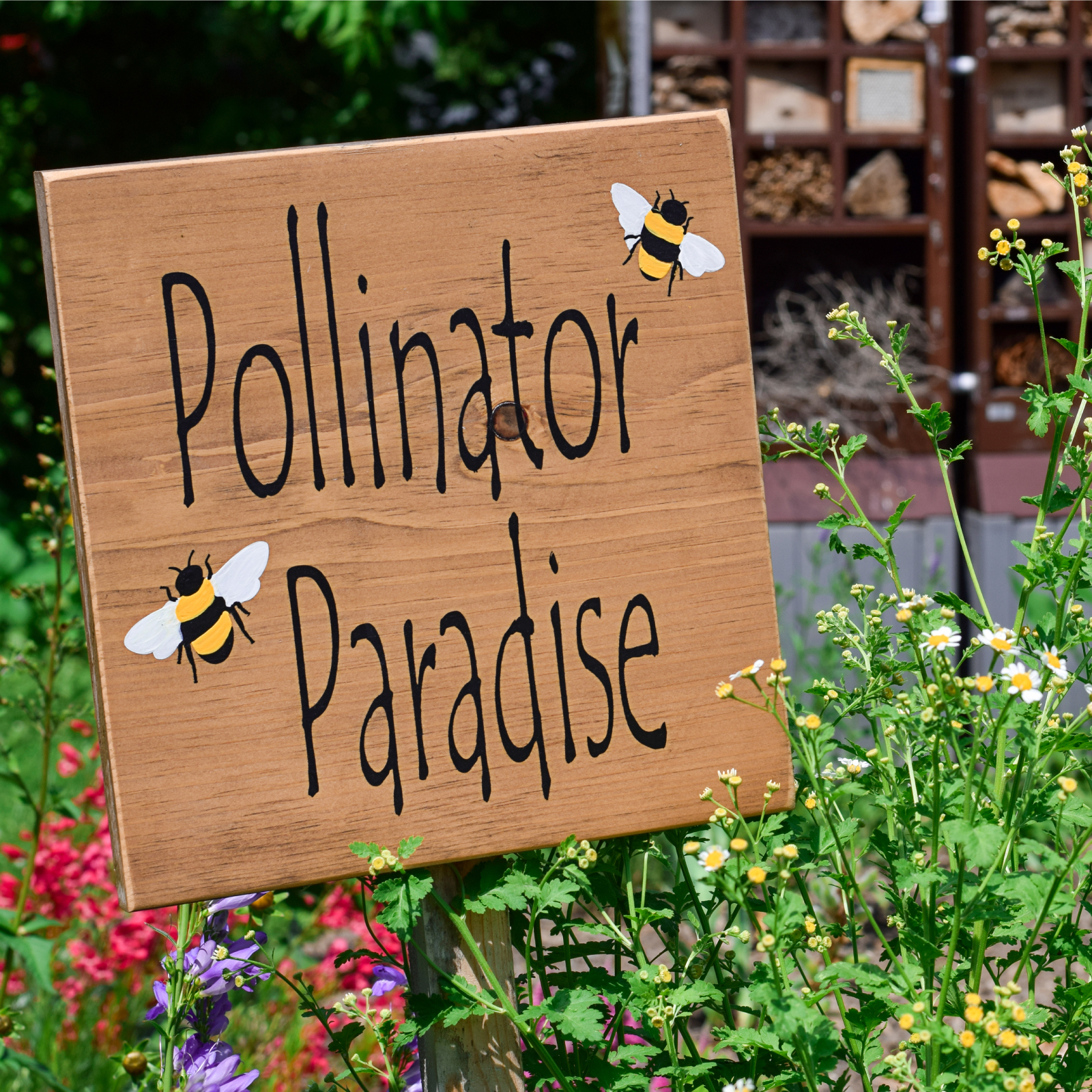Top 10 Questions About Watermelons

Gardening Know How gets a lot of questions when it comes to growing plants and their subsequent care. We try to provide answers to those questions as best we can so that gardeners can feel more at ease when issues crop up in the garden. Watermelons are popular vining plants grown in gardens for their luscious juicy fruit, but they're not without problems. The following information includes the 10 most commonly asked questions about watermelon plants.
1. Should I prune my watermelon plant?
No, ideally, you should not prune a watermelon vine. Hopefully, you knew going in that watermelon plants take up lots of space. They need all those leaves to help convert the sun into energy, ergo fruit. That said, if you're melon is overwhelming the garden, you can, indeed, cut it but be aware that doing so may affect fruit production. A better option is to train the vine up a trellis but be sure to give the large fruit some extra support. Old pantyhose, for example, make terrific melon hammocks.
2. Why is my watermelon plant dropping flowers?
The blossoms may be dropping prematurely from the watermelon due to a number of factors. Stress brought on by inadequate pollination, environmental factors, lack of fertile soil and/or irrigation and even insects may result in premature drop. Be sure that you plant the melon in fertile soil and keep the plant well watered. Keep an eye out for insects such as thrips. Overly high daytime or low nighttime can affect pollination as can insufficient bee populations. Protect the vine by using shade cloth and limit the use of insecticides, especially from mid-morning to mid-evening when bees are out and about.
3. Is fertilizing needed during the growth of watermelon vines?
Well, a soil test will tell you for sure if you need to fertilize watermelon plants. In the absence of a soil test, I would go ahead and feed the plant as follows: Use a nitrogen-based fertilizer when the plant is young but once it begins to bloom, switch to a fertilizer that is phosphorus and potassium based. To minimize the amount of fertilizing you need to do, start the plant off with a healthy dose of compost. Dig about 4 inches (10 cm.) of compost into the top 6 inches (15 cm.) of soil prior to sowing seed or transplanting.
Gardening tips, videos, info and more delivered right to your inbox!
Sign up for the Gardening Know How newsletter today and receive a free copy of our e-book "How to Grow Delicious Tomatoes".
4. Why do watermelons split open when almost ripe?
Watermelons may burst open because of a lack or surfeit of water. It often occurs after a period of drought followed by heavy rain. Another cause for splitting melons is heat. When temps heat up, the water pressure of the melon rises, causing the melon to split open. To combat this, use a shade cloth or cover the melons with straw mulch to keep them cooler. Lastly, some watermelon cultivars just seem to have a propensity towards splitting, especially the thin rind types like Icebox.
5. Why are our watermelons rotting on the end?
It's possible that the melon has bottom end rot, a condition wherein the fruit isn't getting enough calcium. Giving the plant calcium won't solve the issue, which is a bit more complex. The condition is also related to fluctuations in water during the fruit production. Next time around, test your soil. It should be 6.5. Incorporate a good amount of compost into the soil and be consistent with the watering.
6. What is the spacing in planting watermelons?
How far apart to space watermelon plants really depends on what variety you are growing. A general rule of thumb is to space plants 3 feet (just under a meter) apart for the smaller bushing types of melon and up to 12 feet (4 m.) apart for the really large varieties. A common guideline is to plant three seeds an inch (2.5 cm.) deep into a hill that is spaced 4 feet (1 m.) apart with 6 feet (2 m.) between each row.
7. When is the best time to harvest watermelons?
Most of the common types of watermelon are ready to harvest 80 days from sowing. Watermelons won't ripen once they have been picked, so look for the following telltale signs of ripeness: Sound, a ripe watermelon will usually, but not always, give a good thud when gently knocked on. The underside of ripe melons will have a creamy or yellow area. Also, a ripe melon should be heavy for its size, but the real kicker is the little green tendril closest to the stem of the fruit. If it is still green, wait for another day to pick the watermelon.
8. How often should I water my watermelon in container?
Watermelons require a lot of water as it is and anything that is container grown will need to be kept an eye on with regards to water. Container grown plants dry out much faster than those grown directly in the garden. So, container grown watermelons should be given water every day when temps are under 80 F. (27 C.) and twice daily when temperatures exceed this.
9. When is the best time to plant watermelon?
Watermelons take around 80 days to mature. They are planted in the spring and can be directly sown outdoors when all danger of frost has passed and soil temps are at least 65 F. (18 C.). For those living in cooler regions, sow seeds indoors a month before you plant to transplant.
10. Do watermelons self-pollinate?
Watermelons bloom with both male and female flowers. When they are open at the same time, pollination occurs with the aid of bees. On occasion, such as when growing the plant on a high balcony or in a heavily polluted region, there may be a lack of pollinators, in which case, the melon plant can be hand pollinated.
We all have questions now and then, whether long-time gardeners or those just starting out. So if you have a gardening question, get a gardening answer. We're always here to help.

Amy Grant has been gardening for 30 years and writing for 15. A professional chef and caterer, Amy's area of expertise is culinary gardening.
-
 What Is A Pollinator Garden? Grow Gorgeous Blooms While Benefiting Your Local Ecosystem
What Is A Pollinator Garden? Grow Gorgeous Blooms While Benefiting Your Local EcosystemPollinator gardens look great and also provide a diverse ecosystem that benefits your local pollinating insects and animals. Get started today with this guide!
By Bonnie L. Grant
-
 5 Tough Urban Trees That Thrive In Cities – Top Picks For Urban & Suburban Landscapes
5 Tough Urban Trees That Thrive In Cities – Top Picks For Urban & Suburban LandscapesExplore the best urban trees that will add value to even the most challenging of landscapes. Get growing with these ideas and enjoy all the benefits of trees.
By Teo Spengler